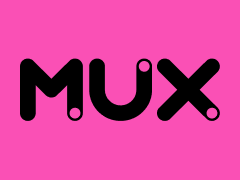By John Gruber

Mux — Video API for developers. Build in one sprint or less.
- Nilay Patel on the Apple Watch Interface
-
Nilay Patel, on using Apple Watch:
After months of anticipation, we’ve finally gotten to play with a working Apple Watch…what matters today is the software, what it can do, and how it works. And it turns out it’s actually pretty complicated. […]
That feeling of not knowing exactly where you are or what’s going to happen is pretty disorienting for an Apple product — the steady iterative updates of iOS and OS X mean that it’s traditionally been quite easy to pick up a new iPhone or MacBook and understand how to use it. But the Watch is really different, in ways big and small.
This passage from Patel made me feel worse about not having been able to attend yesterday’s event than anything else, because without hands-on experience, I can’t judge this for myself. I find Patel’s reaction worrisome. The iPhone did so much more than typical 2007 cell phones. But no one was confused by it. The iPhone’s intuitiveness, obviousness, and sense of place weren’t just nice-to-have. Those aspects of the iPhone were fundamentally essential to its success.
Update: Ben Thompson, in his subscription-only (and worth every penny) Stratechery Daily Update today:
Interestingly, Patel and I struggled with different things; he complained about confusing the external buttons, while I kept having trouble with understanding what “mode” I was in, for lack of a better term. Specifically, it was weird that “glances” could only be accessed from the watch face; the watch face, though, isn’t necessarily the “home” screen — the array of apps is. But on that screen you can’t bring up glances. It’s a bit confusing.
Again: worrisome. Compare this description of the “slide up from bottom of display” Glances to Control Center on iOS. Control Center is available and works the same way (again: slide up from bottom of display) everywhere: the lock screen, the home screen, and within any app.
★ Tuesday, 10 March 2015
